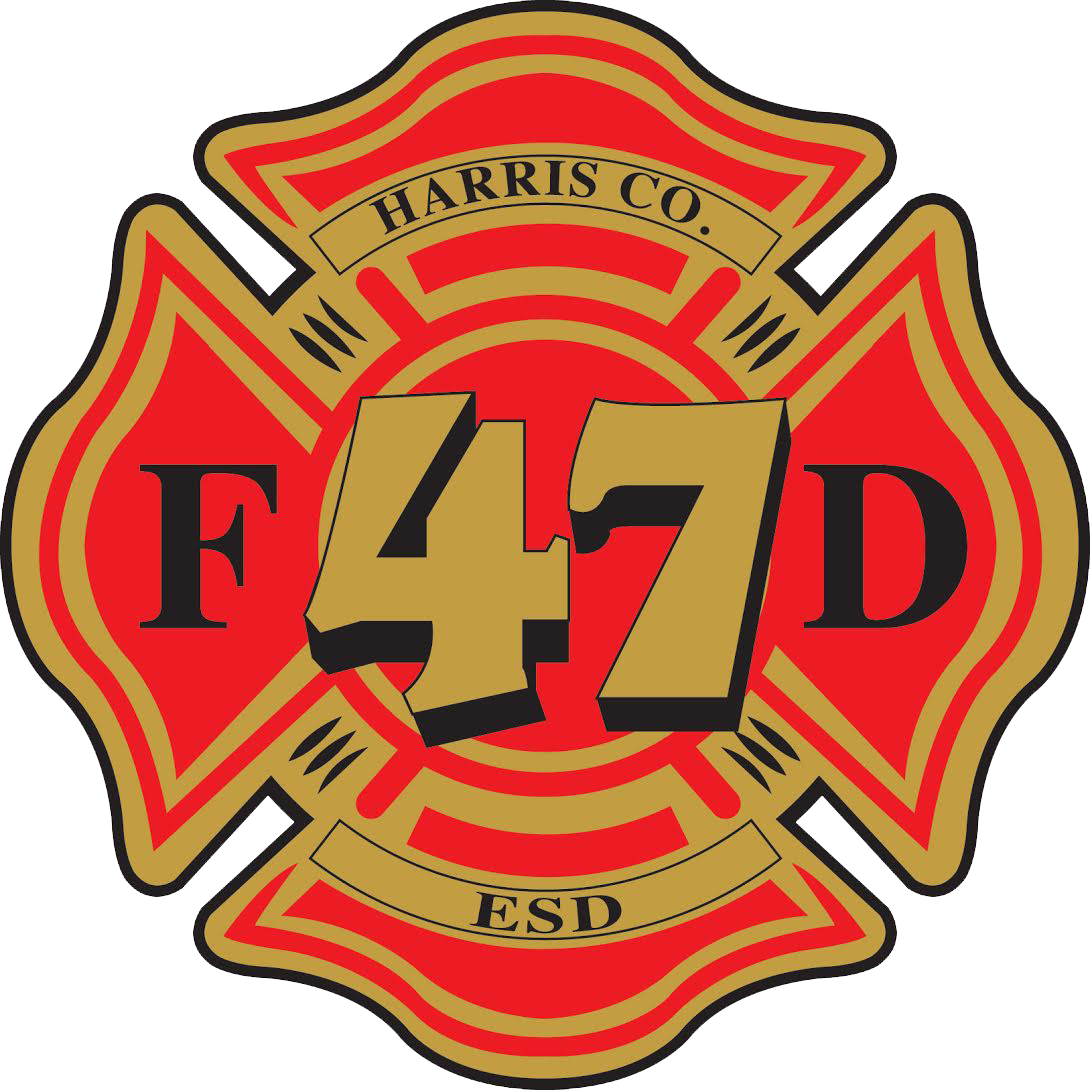So What is an ESD?
Lately, I've gotten asked what is an emergency service district or ESD and how does it differ from the fire department? This is a great question. While there is a clear difference in the function of both, the answer is not so simple to explain.
An Emergency Services District (ESD) is a local government agency created by a vote of the public to provide fire protection and/or emergency medical services (EMS) in specific unincorporated areas of Texas. There are more than 320 ESDs in Texas and over three dozen in Harris County. The governing statute for an ESD is Chapter 775 of the Texas Health and Safety Code.
Most ESD’s began as Rural Fire Prevention Districts (RFPD) with a maximum tax rate of three cents per each one hundred dollars of assessed value. A $100,000 property would pay $30 per year. The RFPD law was designed to provide a stable funding source for volunteer agencies to provide rural fire protection only. It was never intended to be for urban areas such as ours. Accordingly, the State Legislature created Emergency Service Districts that could assess ad valorem property taxes at a maximum of ten cents per each one hundred dollars valuation.
Every ESD is authorized to have a board of five ESD commissioners who are on the board for four year terms on a rotating basis (bi-annually – two on one cycle, three on the next cycle), and they each must reside in their respective ESD. Harris County ESD commissioners are elected by popular vote. ESD 47 has some commissioners up for election later this year. For most other counties in the state, the ESD commissioners are appointed by the respective County Commissioners Court. ESD commissioners must meet in open meeting at least once a month. Also, they must complete a minimum of six hours of certified training every two years.
In November 2003, local voters approved the change from Rural Fire Prevention District 47 to Emergency Services District 47. In January 2005, the District then contracted with the Westlake VFD to provide fire suppression and emergency medical service inside the District. This is where the Fire Department comes in. It is the on site service provider. As a business entity, it cannot assess taxes. Dependence on donations, while greatly appreciated, is not enough to cover critical funding. Therefore, it relies heavily on the funding from the ESD.
Which brings me to my second most popular question: Why do some ESD's provide the services directly? The short answer is that they prefer to do so. In reality, there are four methods that an ESD can use to provide emergency services to its constituents. The first and most popular method is the ESD 47 way of contracting with a standing organization to do the responses. Second is where the ESD hires staff in house to do the responses. Next is where an ESD contracts with a municipality or another ESD to provide the service response. Lastly is a combination of #1 and #2 where the service provider selects its chief and maybe a first assistant chief and the ESD then puts that person or persons on its payroll. All others are members of the service provider entity and serve according to the contract..
So what is the advantage of contracted provider versus in house staff? Basically, it comes down to call volume and the amount of volunteerism available. The more request for help or the less volunteers usually results in the change to in house staffing by an ESD. Where does ESD 47 and Westlake stand on this issue? To be continued at another time.
Until then, stay safe.
Brian Havran
